North to Kuwait City
Khafji, Saudi Arabia—The next trip north outdid all the other trips combined for members of the 432nd. This time the convoy included around 100 vehicles of not just the 432nd but also its sister company the 431st and their headquarters, the 352d. The size of the movement and the scenes it would witness proved historic.
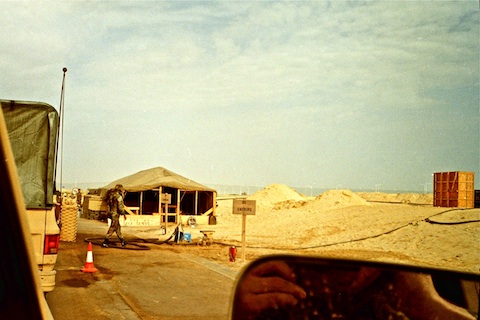
A few hours arter departing Camp 1 in the early afternoon of Thursday, February 28, the convoy was preceding north through a desolate region of desert. The aftenoon’s daylight had diminished to a hazy half-light because of the dust filled air. When it was totally dark, the convoy passed through the northern town of Khafji where, even in the darkness, signs of the battle fought there a few weeks before were evident from the road: pock-marked buildings and shattered windows. Once across the Kuwaiti border, the evidence was many times more dramatic. The freeway itself was totally destroyed, although the debris had been cleared making it possible to drive on the bumpy road bed — with an occasional swerve to avoid a bomb crater here, or a burned out tank there. For most, except the unit’s combat vets, the experience was unique.
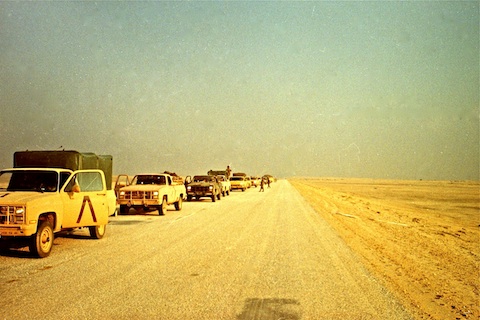
Somewhere around 0200 Friday morning, the convoy entered the suburbs of Kuwait City. Numerous oil well fires burning brightly in the darkness dominated all first impressions. More wrecked vehicles littered the highway. The convoy passed small bunkers used by Iraqis to guard roads and bridges.
Eventually, the convoy pulled into an abandoned warehouse complex, on the eastern side or Kuwait City’s large international airport. The vehicles were parked and the troops were allowed to sleep anywhere around the trucks they wanted, almost. Some had to be warned not to sleep on the loading docks because of the possibility or booby traps: one more reminder the unit was in a war zone.
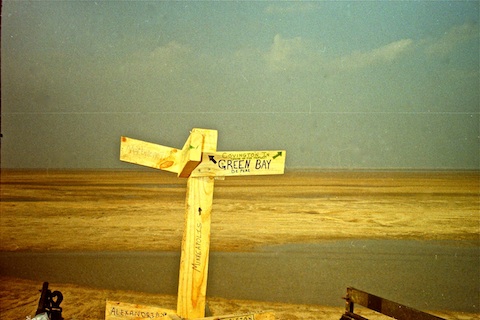
After a few hours of sleep, the buildings were inspected by experts for booby traps. The unit then got busy setting up work areas and preparing the place as a prospective home and base of operations for an indefinite period of time. The manner in which the 432nd’s home-away-from-home was set up deserves description. The warehouse became a masterpiece of American ingenuity.
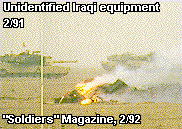
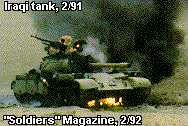
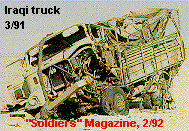
McMurry’s Notes
- I can honestly say I was never scared the whole time I was in the Gulf, except when travelling with some of the drivers we had. And we had some scary ones. On the trip into Kuwait City the convoy had come to a halt, but my driver, looking out the side window at some fascinating sight, failed to note this fact until I screamed at him. We were doing over 50 mph at the time, so our war would have been very short.
Another time, I was riding with a driver who was near-sighted and liked to go really fast. We were zipping along the freeway through the northwest side of Kuwait City when a gang of kids darted out onto the freeway, apparently to beg for food. By the time she spotted them it was too late to stop. Another well-timed scream got her attention and she swerved around them like slalom gates.
The third time I got scared was when we were redeploying out of Kurdistan to Incirlik, AFB, in Turkey. (Also known as ‘Insertdick’, AFB.) We were riding in a convoy of Turkish tour bus’s. The highway along the Syrian border in southern Turkey is a nice one, but it is only two lanes. We were going up the side of a mountain, when the car in front of us pulled out to pass the truck in front of him. Natrually, my bus driver thought it necessary to try to pass the car as he was passing the truck. Three wide. On a blind curve. I grabbed him and shook my head no at him. He got the idea and pulled back just as a car came around the corner going the opposite direction.
| Page 15 | Page 16 | Page 17 |
